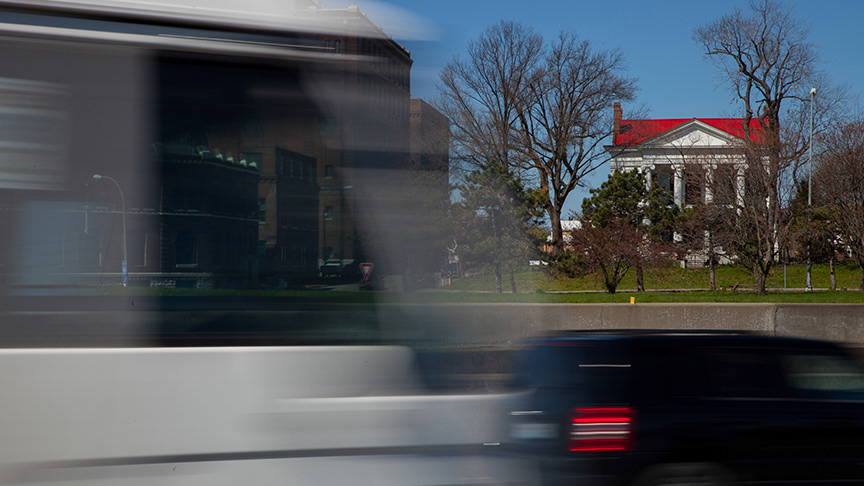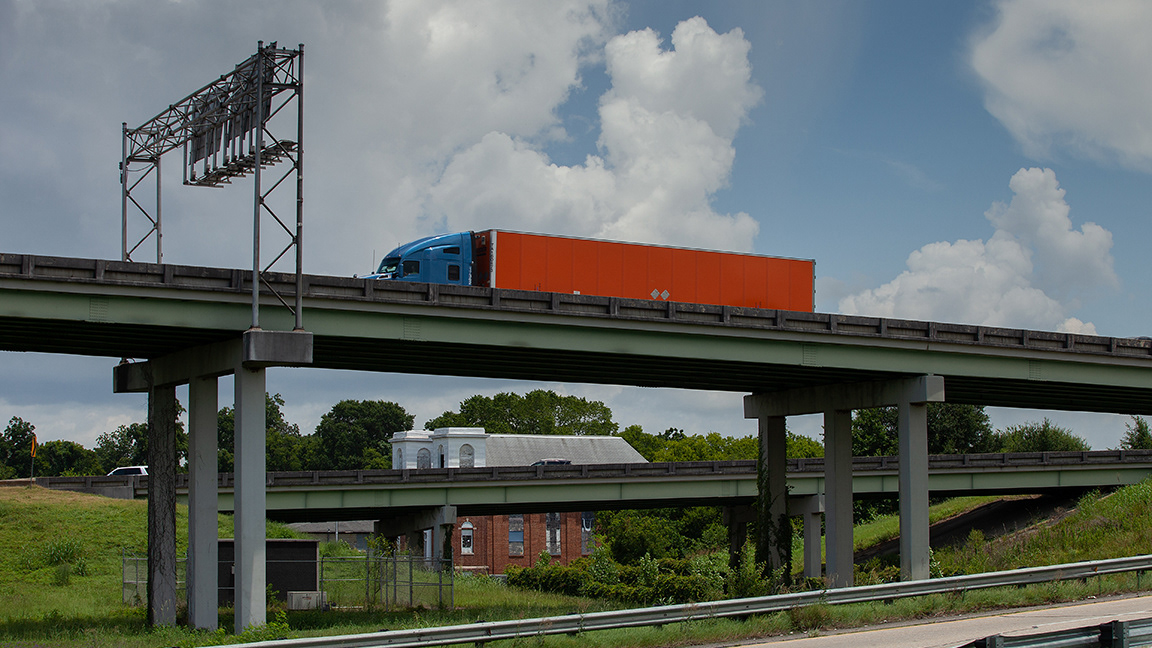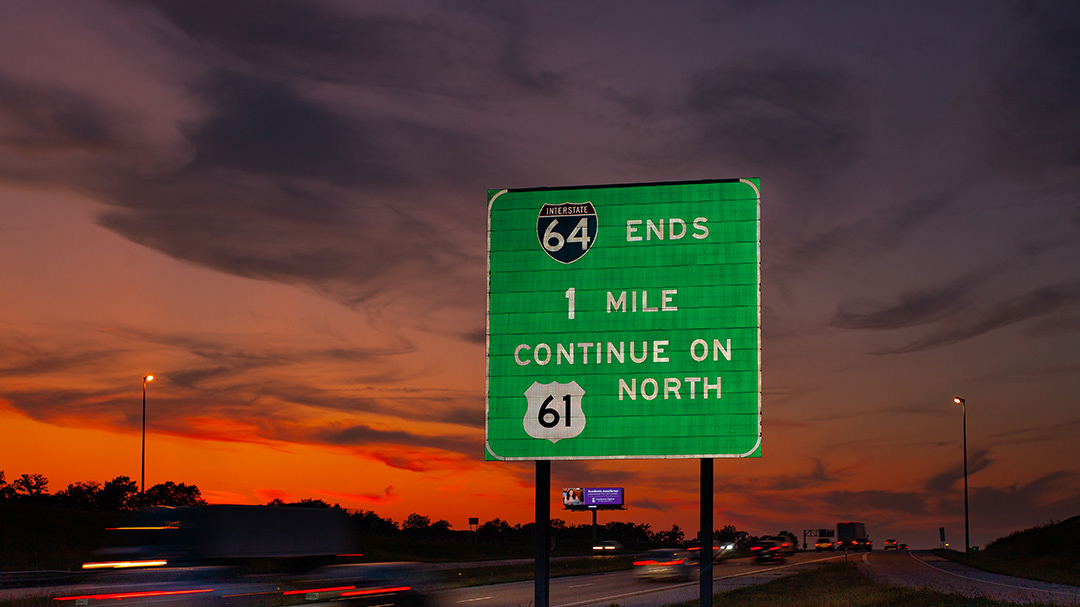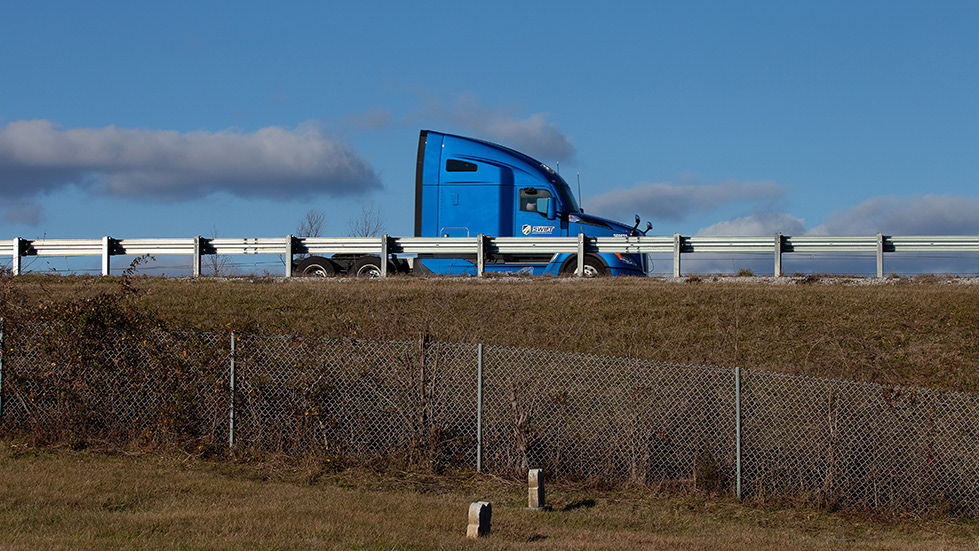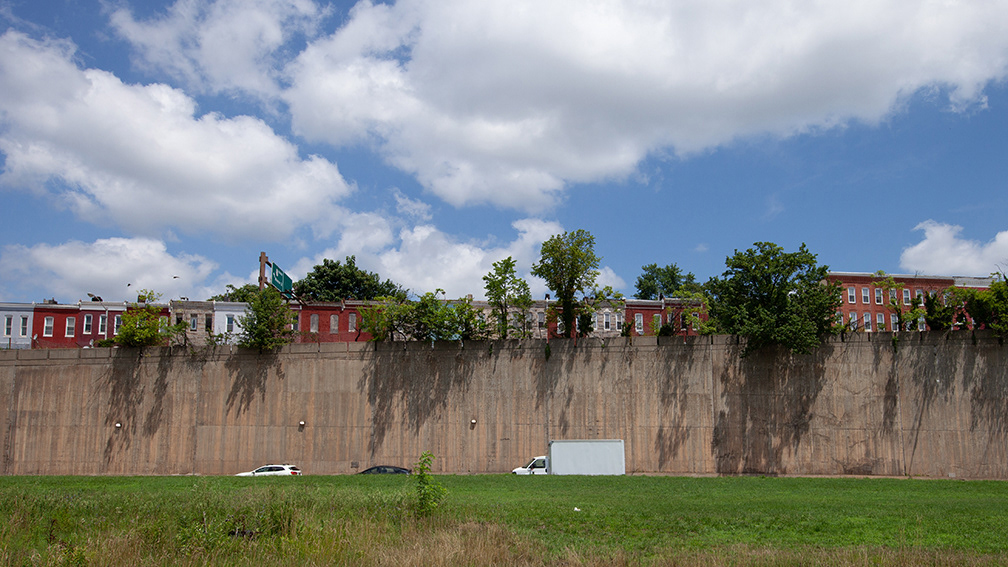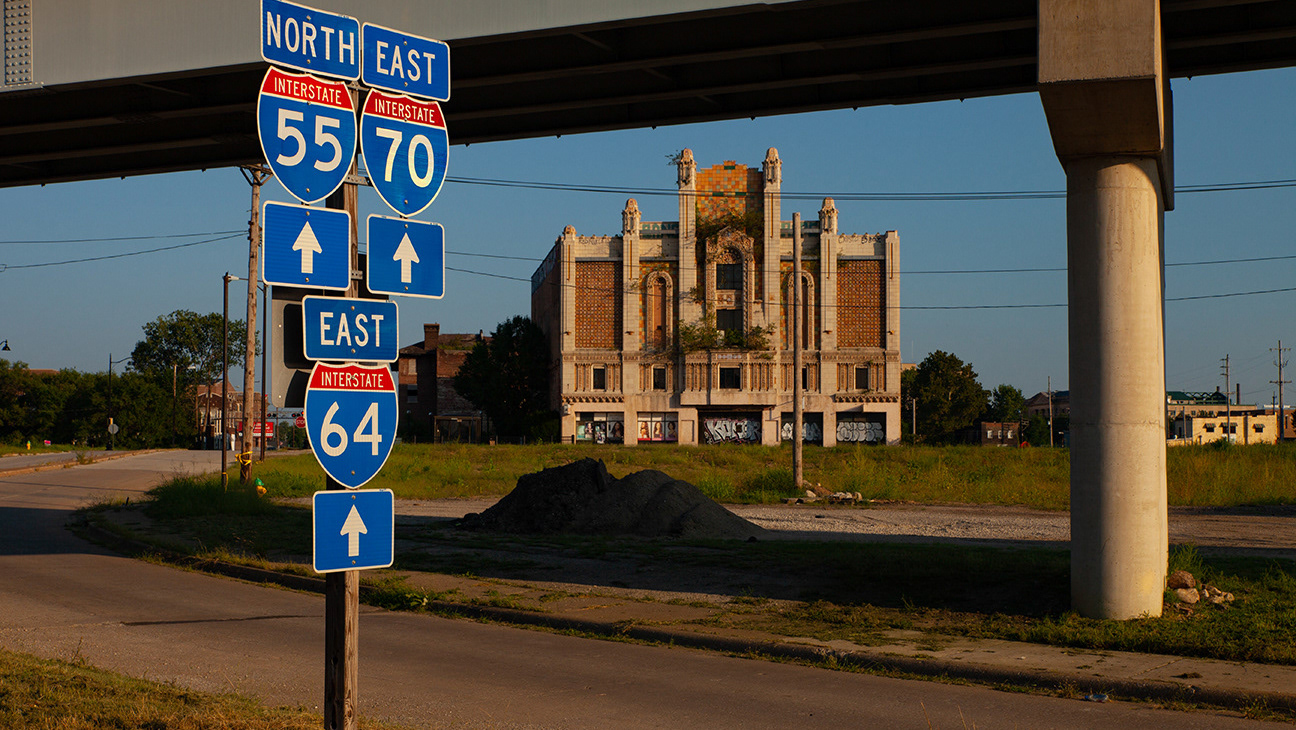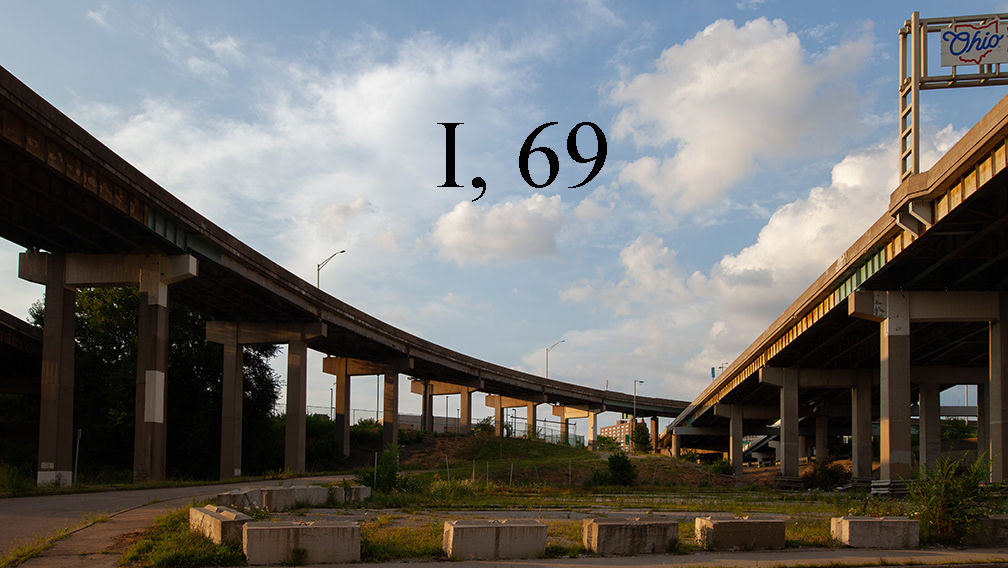i, 66 year old photographer Michael Defilippo, have a bond with the interstate highway system.
we were both born in 1956.
2022 marked the interstate's 66th year.
legendary us route 66 is a great highway, but it is not an interstate.
the i-66 phase of the "i,70" project explored specific neighborhoods in arkansas, iowa and louisiana.
louisiana
i-10 runs along north claiborne ave in new orleans through multiple african american neighborhoods, impacting residential and commercial areas.
Kermit's mother-in-law lounge was opened in the treme neighborhood by r&b musician ernie k. doe, whose 1961 song "mother-in-law" hit #1 on the billboard pop charts.
an interstate highway expansion in Shreveport, la threatens the allendale neighborhood. plans to run a $700 million connector of I-49 and I-20 through 3.5 miles of this african-american neighborhood in shreveport were approved in 2018.
Allendale neighborhood with proposed 3.5 mile, $700 million connector of I-49
The valley park neighborhood of baton rogue, La was impacted by the extension of I-10. this mostly working class neighborhood had a high percentage of home ownership. lanes were added to the original road in the 1980's squeezing out more homes. in the early 2000's highway walls were added as noise barriers.
arkansas
the alternate name for i-630 in little rock, ar is the wilbur mills freeway. named for the arkansas congressman who secured funding for the connector between i-30 in the east and 430 in the west in 1970.
by the time the route was completed in 1985 it had created such a defined line between black and white little rock that many know it as "wilbur's wall".
its route through the african-american commercial and entertainment district known as 9th st displaced a large portion of the city's african-american community.
some of the only structures remaining from the ninth street district are the rehabbed and reconstructed buildings of the moasic templar cultural center at 501 W. 9th st.
iowa
The center street neighborhood in des moines, iowa was an african-american neighborhood that was all but eliminated by the construction of I-235. About 200 families on and around center street were displaced by the freeway and urban renewal projects that followed. The Sepia club and the billiken ballroom attracted the best local jazz and blues talent . When big musical acts like count base and duke ellington's orchestra played in the capial city the musicians would head to Center Street clubs after their shows.
'when i told people i was looking for a house which would cost me what the highway commission paid me, they laughed at me," said a former resident of the 1000 block of 16th st in a may 17, 1959 interview with the des moines Register. That spot is now a dead end that abuts the highway.
"we were paid only $5,500 for our three bedroom house and now are forced to buy a two bedroom house, not as good, for $9,500," said an african-american resident whose home was located where martin luther king jr. Blvd now crosses i-235.
